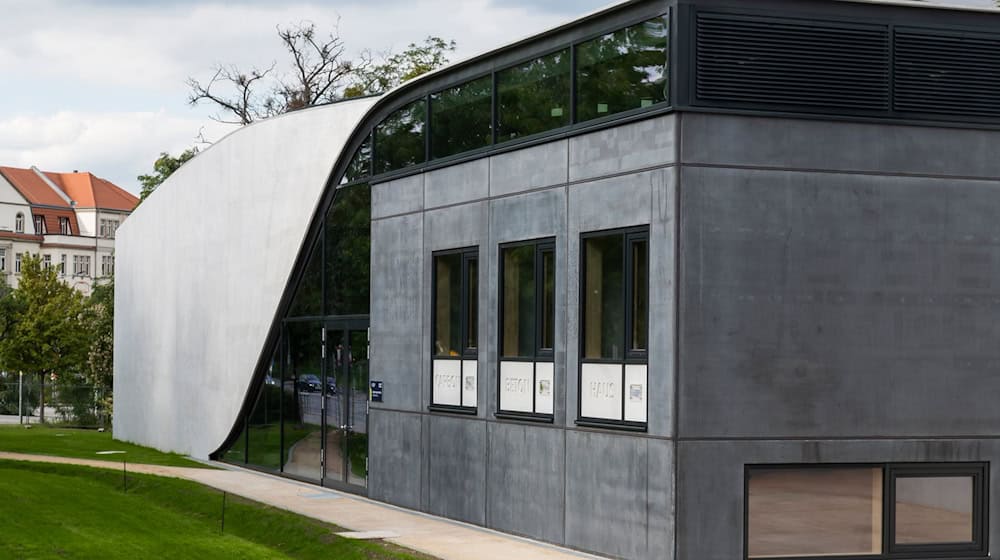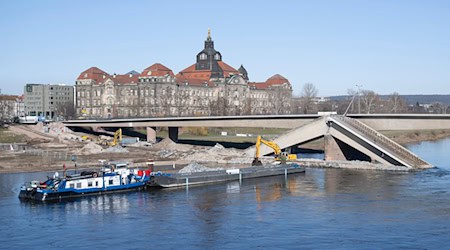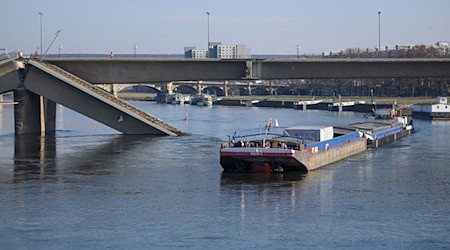The unique expertise and experience of the Saxon state capital in carbon concrete research could be used for the construction of a new Carola Bridge in Dresden. This material has already proven itself in bridge construction and would also be ideal for the Elbe crossing, according to Professor Manfred Curbach from the Institute of Solid Construction at the Technical University of Dresden.
First references for building material of the future
The "Cube", the world's first carbon concrete building, is already standing in Dresden, as is a sports hall, the first public building - with a ceiling spanning 19 meters. "The use of carbon as a reinforcement material would have great appeal," said Curbach. The material consists of concrete and a reinforcement of carbon fibers in the form of mats and rods. The carbon does not rust. "Carbon is completely inert and has no desire to bond with any material."
The concrete normally used in carbon construction is therefore a high-strength material with far fewer pores than conventional concretes. Its chemical resistance is therefore much higher and carbon concrete also has many advantages in terms of durability.
Building a new bridge from carbon concrete would be uncharted territory
"But the problem with this bridge will be that we have never built such a large span from carbon concrete alone," said Curbach. The first road and smaller freeway bridges reinforced with carbon, yes, "but a new construction with a span of 120 meters would be uncharted territory."
He argues that the modern appearance of the Carola Bridge should essentially be retained, "also as a form of reminiscence of this special achievement". The civil engineers who designed and calculated it at the end of the 1960s "were already masters of their trade", he said, pointing out that it was the longest-span prestressed concrete bridge in the GDR.
Static system no longer suitable
However, according to Curbach, the static system used at the time is no longer suitable, with the entire bridge collapsing in the event of a crack above a support, for example. You wouldn't build something like that today. In this respect, he would rebuild the bridge "like a postcard" - but with a different structural system and different materials. "But the external appearance should correspond to what it looks like."
According to Curbach, repeated deformation problems of the very slender Elbe crossing can also be avoided. This is because prestressing steel carries the risk of stress corrosion cracking. He considers anything to do with steel in concrete at the moment to be questionable over long periods of time. "We know that reinforced concrete and prestressed concrete is great over 60 or 80 years, but then it ages faster than you would like and you have to be really quick with the renovation."
Copyright 2024, dpa (www.dpa.de). All rights reserved










